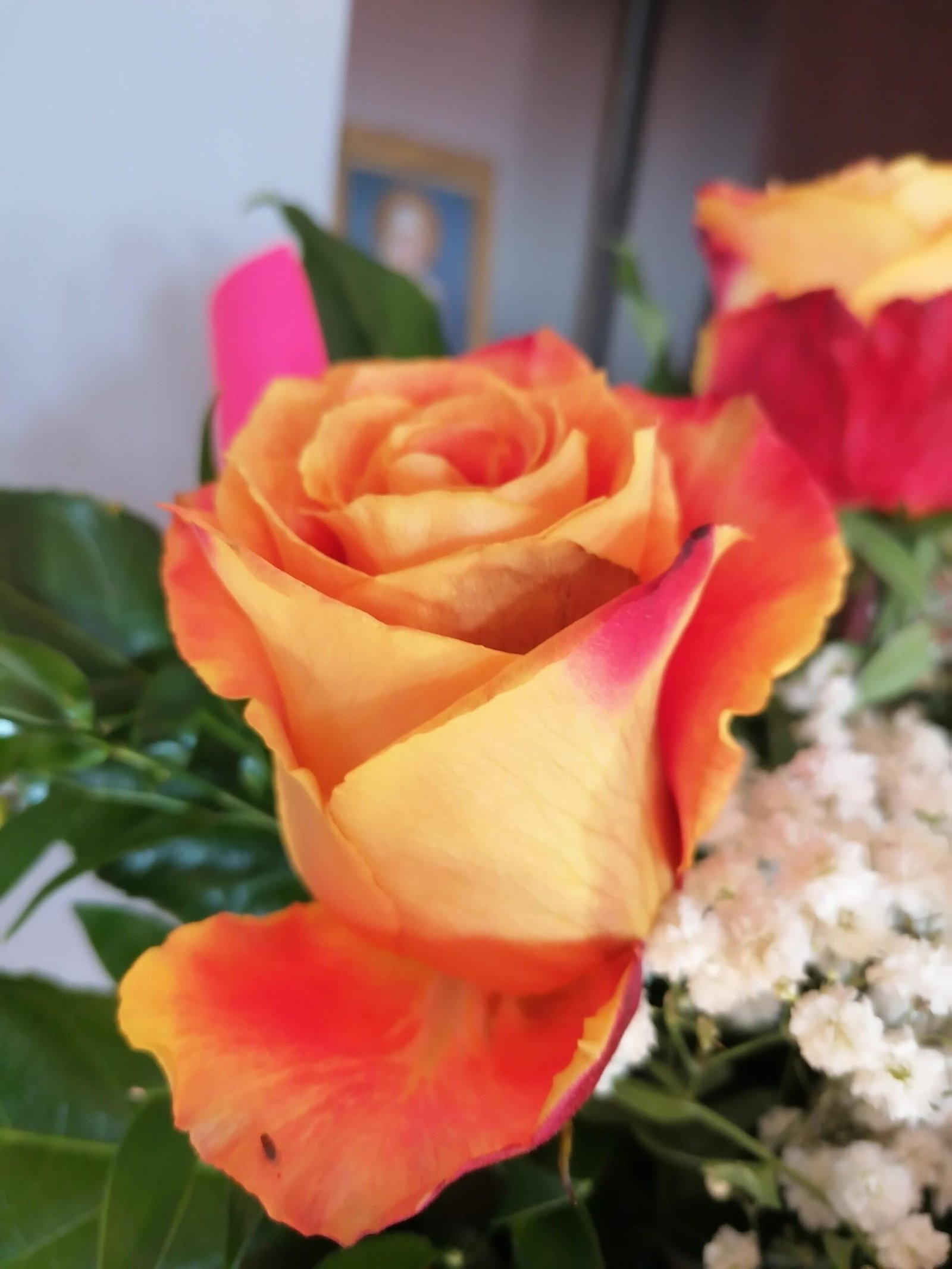What Soil Types and pH Levels are Ideal for Growing Roses in Pots?

Roses thrive in slightly acidic to neutral soil with a pH range of 6.0 to 7.0, with an ideal pH of around 6.5. A well-draining loamy soil is the best choice for growing roses in pots. If your soil is too clayey, you can improve its structure by adding organic matter like sphagnum peat. For sandy soils, adding organic matter can increase the water and nutrient holding capacity.
To adjust the soil pH, you can add sulfur to lower it or lime to raise it. For example, to lower a pH of 7.5 to 6.5, you would need to add 2 lb of sulfur per 100 square feet at a 6-inch depth.
How Should I Water My Potted Rose Plants?

When you first plant your roses, water them every day for the first three days. Then, water them twice a week for the next two weeks. After this initial period, begin deep watering your roses once a week.
The exact volume of water needed will depend on the pot size and soil moisture. The goal is to keep the soil moist but not waterlogged. Ensure your pots have adequate drainage holes to prevent waterlogging, and avoid getting water on the leaves, especially on hot days.
Signs of over-watering include yellowing leaves, root rot, and waterlogged soil. Under-watering can cause wilting leaves, dry soil, and reduced plant vigor.
What Size Pots and Materials are Best for Growing Roses?
For rose plants, you’ll want to use pots with a minimum capacity of 12-15 gallons (about 45-57 liters) to provide enough root space. Terracotta pots are preferred due to their breathability, which helps maintain soil health. Plastic pots can also be used, but make sure they have adequate drainage holes.
How Should I Fertilize and Manage Nutrients for My Potted Roses?
A balanced fertilizer with a ratio such as 10-10-10 (nitrogen-phosphorus-potassium) is suitable for roses. However, they also benefit from additional micronutrients like iron, magnesium, and manganese.
You can mix the fertilizers into the soil at planting time or apply them as a foliar spray. Use Epsom salts (magnesium sulfate) to add sulfur and magnesium to the soil. Fertilize roses in the spring when new growth begins and again in the summer after the first bloom. Avoid fertilizing in the fall to prevent new growth that might not harden off before winter.
Be mindful of high levels of potassium and phosphorus, which can be common in urban areas but generally do not harm roses. Avoid using fertilizers containing these elements if they are already high in your soil. Nutrient deficiencies, such as iron deficiency, can cause interveinal chlorosis, which can be addressed by adjusting the soil pH and using specific micronutrient fertilizers.
Reference:
1. Soil Test Report – How to Adjust for Roses
2. Preparing Garden Soil for Growing Roses
3. Balancing Soil pH for Growing Roses
